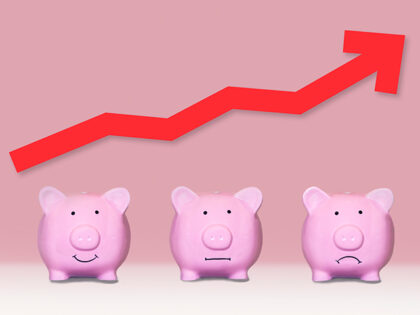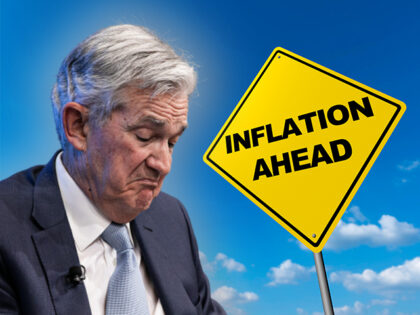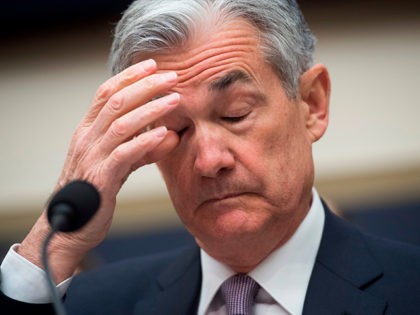Service Sector Sees Strongest Growth in 9 Months—But Inflation Still A Big Problem
The services sector is sending a message: no Fed cut soon.

The services sector is sending a message: no Fed cut soon.

The ISM and S&P Global surveys indicate strong growth in the sector even as employment weakened.

Fed officials doubt accelerating growth is compatible with inflation falling to their target.

Manufacturing remains in contraction, although the pace of the decline has eased. Services came closer to the threshold indicating a decline in activity.

The idea that economic growth is faltering received another blow on Wednesday when the Institute for Supply Management reported that the services sector expanded for the eighth straight month in August.

Growth is slowing in services and manufacturing remains in a slump. Inflation is proving to be a “sticky” concern.

The private sector put nearly 500,000 people onto payrolls in June, according to the calculations of payroll processor ADP.

The ISM services index fell significantly short of expectations for May.

This is not the slowdown Jay Powell was looking for.

The services sector index for February shows that progress on inflation has definitely stalled as demand for services remains strong.

The February ISM numbers indicate that January’s strength was not a warm weather one-off.

Another “no landing” report.

The holiday season has set the services sector on a faster pace of growth.

S&P Global’s flash composite PMI indicates contraction for the fourth straight month.

S&P Global’s PMI indicates a second month of contraction driven by a steep drop in services sector demand.

A worrying deterioration in the economy

Price growth remains elevated in the services sector even while new orders have gone into contraction.

Inflationary pressures soared in April for both manufacturers and services sector businesses, hurting business confidence and the willingness of consumers to spend.

New orders and activity surged higher in March, pushing prices up at record pace.

The year-end slowdown is lasting longer than analysts thought.

Inflation, supply chain disruptions, quarantines, and soaring virus cases have brought the U.S. economy to a near standstill at the start of the year.

The record-breaking November reading for ISM’s services measure was pumped up by inflation and supply chain problems.

The fastest-growing sectors of the U.S. economy over the course of the pandemic have been courier services, data processing and hosting, warehousing, and trucking, the Commerce Department’s quarterly report on the services sector showed Thursday.

All 17 subsectors of the American economy’s services side experienced rising prices in July.

Shortages of supplies and labor are pushing prices higher and stifling growth in the services sector.

There are signs that the economy is at risk of overheating as demand outraces supply that to Biden’s huge deficit spending bill.

Signs that the economy is rebounding at a better than expected pace could complicate negotiations over relief legislation in Washington, D.C.

Lockdowns, the surging virus, and the 2020 election results weigh on the economy.

The U.S. services sector grew in August for the third month in a row, according to a survey of business executives. The Institute for Supply Management’s index of activity in the services sector dipped to 56.9, 1.2 percentage poitns lower

The U.S. economy appears to be more resilient to rising coronavirus infections than many analysts thought.

The U.S. services sector rebounded more than expected in May from April’s steep decline. The sector shrank for a second consecutive month in May, according to the monthly survey of non-manufacturing businesses conducted by the Institute for Supply Management. But

The Institute for Supply Management on Wednesday said its nonmanufacturing index indicated growth in November.

Defying predictions that the economy would slouch into 2020, recent indicators point to acceleration despite global headwinds.

Farming and construction were among the sectors that expanded in October.

The ISM non-manufacturing survey came in lower than expected but still above contraction levels

The Institute for Supply Management its nonmanufacturing index rose to 56.9 in May from 55.5 in April

The ISM nonmanufacturing survey results came in lower than expected. But employment was a bright spot.

One of the last pieces of economic data before the midterms shows the Trump boom is still resounding across the land of the free and the home of the brave.
